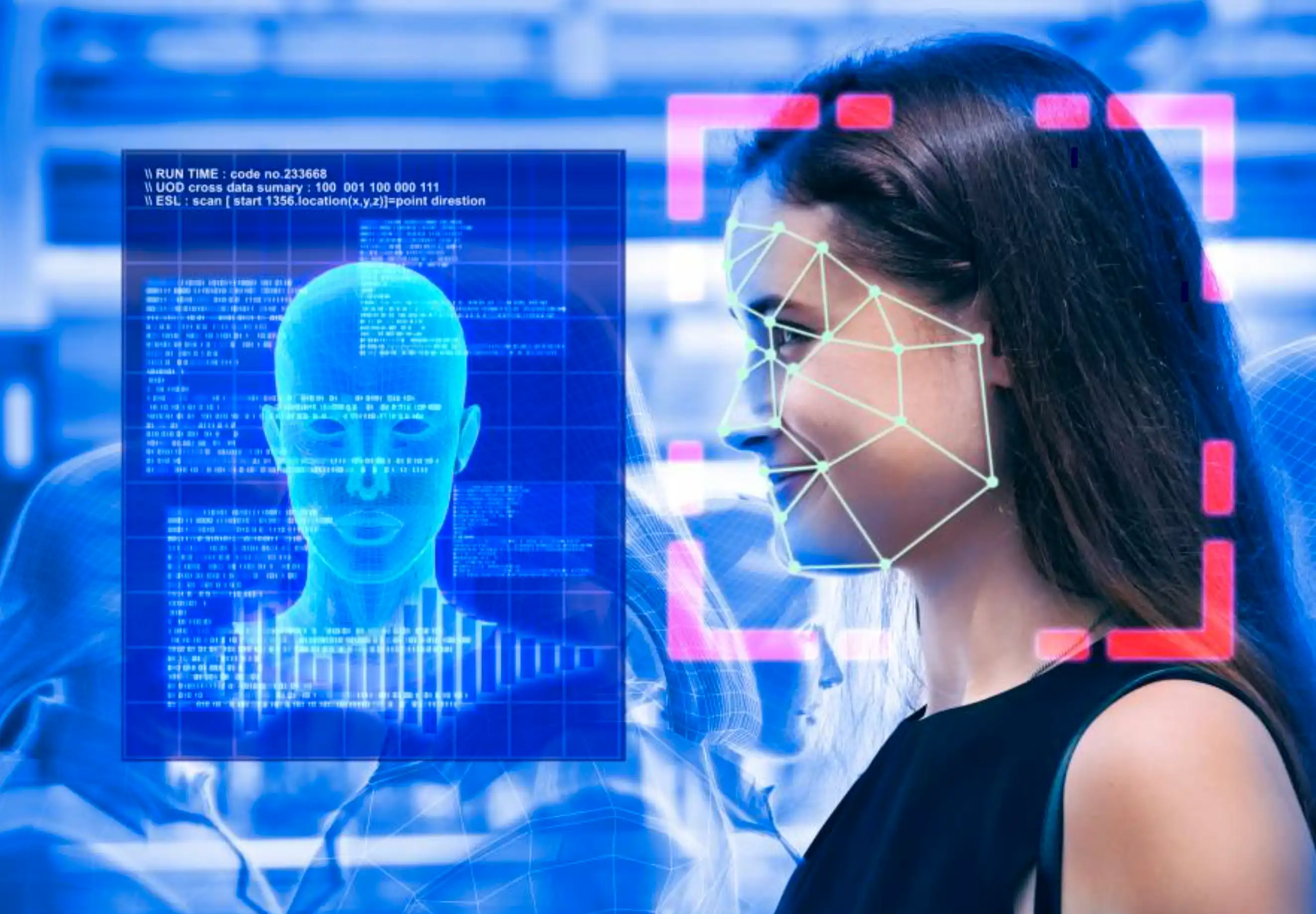All About Face Recognition Technology

Face recognition technology is everywhere. The technology can be used for several applications, from unlocking your phone to tagging friends on social media or keeping track of individuals at airports. Even so, many people are unsure about how it works and how it's implemented in different contexts. What are the pros and cons of face recognition technology? How do you use it, and what are some examples of its use? Keep reading to learn more.
In this article, we're going to discuss
What Is Face Recognition Technology?
Face recognition is any computer-based technique for identifying a person from a photo or a video by analyzing the person's facial features. Face recognition technology is used to identify people from a photo or a video. The technology is also sometimes called facial recognition or biometric identification. Biometric identification is any technology that identifies a person based on a physical or behavioral trait. Face recognition can be used to confirm an individual's identity by scanning the person's face and then comparing it to a database of other faces. The technology can be used to identify a person in any situation, including areas where there is little or no internet connectivity.
How Does Face Recognition AI Work?
Face recognition AI works by determining certain characteristics of a person's face and comparing them to a database of known faces. This can be done by analyzing the shape of the face, the size and placement of the eyes, the nose, and the mouth. Face recognition AI can also take into account other factors such as hair color and style, and skin tone. The more information that is captured about a person's face, the more accurate the face recognition AI will be able to identify that person.
Neural nets are a type of machine learning algorithm that are particularly well-suited for face recognition. Neural nets are able to learn to recognize patterns in data, and they can be trained to recognize faces with very high degree of accuracy.
Face Recognition neural nets are trained on a dataset of faces. The dataset is typically composed of a large number of images of faces, and each image is labeled with the name of the person in the image. The neural net will learn to associate the patterns it sees in the faces with the names of the people in the images. Once the neural net has been trained, it can then be used to identify faces in new images.
Face Recognition neural nets are not perfect, and they can sometimes make mistakes. However, they are generally accurate to be used for practical purposes.
What Are the Benefits of Face Recognition AI?
Face recognition AI can be used for a variety of purposes. It can be used to unlock phones, to grant access to buildings, and to verify the identity of people.
Face recognition AI can also be used for security purposes. For example, face recognition AI can be used to identify people who are on a watch list, or who may be planning a terrorist attack.
Face recognition AI can also be used to target ads. For example, if a company knows that you are interested in buying a new car, they may use face recognition AI to show you ads for new cars.
What Are the Limitations of Face Recognition AI?
Face recognition AI is not perfect, and it has a number of limitations.
First, face recognition AI is only as accurate as the data it is trained on. If the data is not representative of the population, then the face recognition AI may not be able to accurately identify people.
Second, face recognition AI is biased towards certain types of faces. For example, face recognition AI is more likely to accurately identify white men than it is to accurately identify black women.
Pros of Face Recognition Technology
Face recognition technology offers several benefits. First, it's convenient. You can unlock a phone with a glance and walk into a building with a simple scan of your face. Face recognition technology can also be helpful in many other areas, including law enforcement, social media, and health care.
Law enforcement agencies are increasingly using face recognition technology to identify suspects. This technique can help them identify criminals in a fraction of the time it would take to search through databases of fingerprints manually. Law enforcement agencies can also use face recognition technology to identify individuals who are in custody. This can help officers know who they are dealing with and what charges they might have.
Social media sites can use face recognition technology to identify popular figures to help users tag their friends in photos. This can make social media more interactive and exciting. Face recognition technology can also help people manage their health by tracking their daily activities. Fitness trackers and other health monitors use face recognition technology to make monitoring easier.
Cons of Face Recognition Technology
As with other biometric security tools, face recognition technology has drawbacks. First, it's less secure than a password. Unlike a password, a photo of your face can be used to access your device or social media account. Face recognition technology also raises privacy concerns. Some law enforcement agencies take advantage of face recognition technology by scanning thousands of photos of drivers they pull over. It raises concern about the potential misuse of information since drivers may not be aware that law enforcement officers are scanning their faces.
Search Social Media by Face
Ever wonder if there's a way to search for people on social media by their face? Well, now there is! With FaceCheck.ID website, you can use face recognition technology to search for people on social media such as Facebook, LinkedIn, Pinterest, Twitter, and Instagram.
Read More on Reverse Image Search
How to Search Facebook by Photo
Want to Find Someone on Facebook? Try Searching by Their Picture Facebook is one of the most popular social media platforms worldwide, with over 2.7 billion monthly active users. It lets people connect with friends and family, share photos and videos, and join groups with like-minded folks. But, it's nearly imposible to find someone's Facebook profile using only their photo. Fortunately, reverse image search engines can help you easily find Facebook profiles using a photo of a person. How to...
Popular Topics
Identity Social Media Facial Recognition People on Social Media Social Media Account Facebook Instagram Facial Recognition Technology Twitter Face Recognition AI LinkedIn Identification Law Enforcement Biometric FingerprintFace Search Faceoff: PimEyes vs FaceCheck - Detailed Analysis

